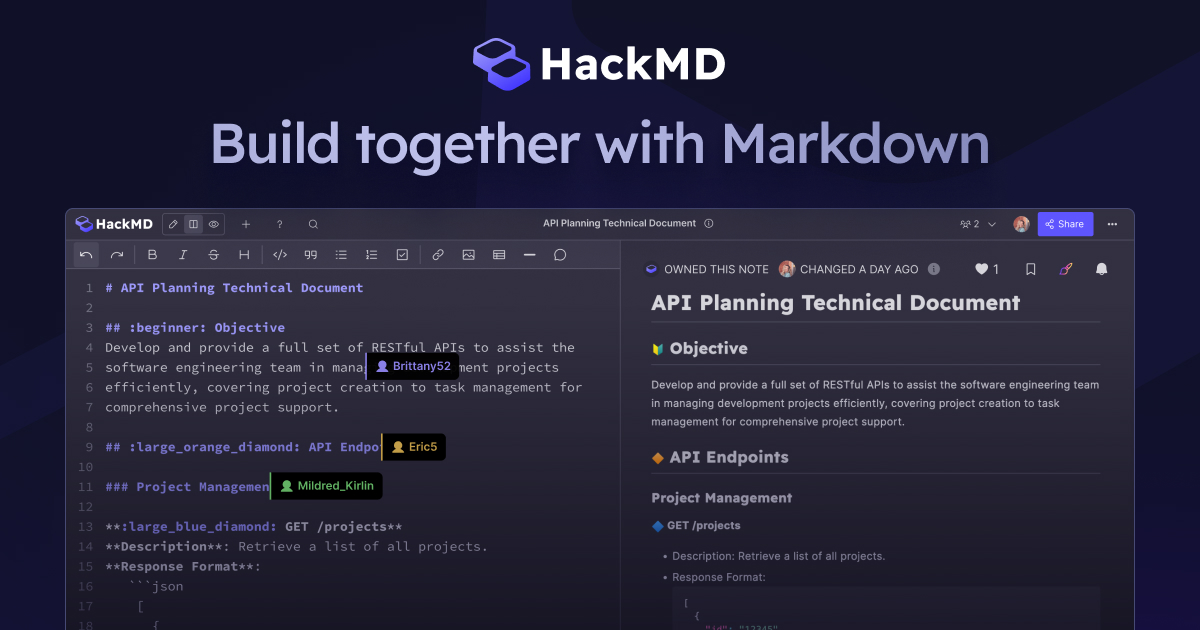LIP-12: On-chain part of the rewards distribution after the Merge - The LIP - Lido Improvement Proposal - Process - Lido Governance
Preface This is a follow-up thread for the already published rewards distribution architecture decision record. Today we present an on-chain design implementing the chosen options. Simple summary The Lido protocol upgrade that re-stakes newly appeared rewards after the Ethereum Merge will happen to achieve rewards compounding. Abstract We introduce the rewards distribution mechanism which consists of a dedicated vault contract acting as a coinbase (i.e. fee recipient) for the newly appeared...| Lido Governance



